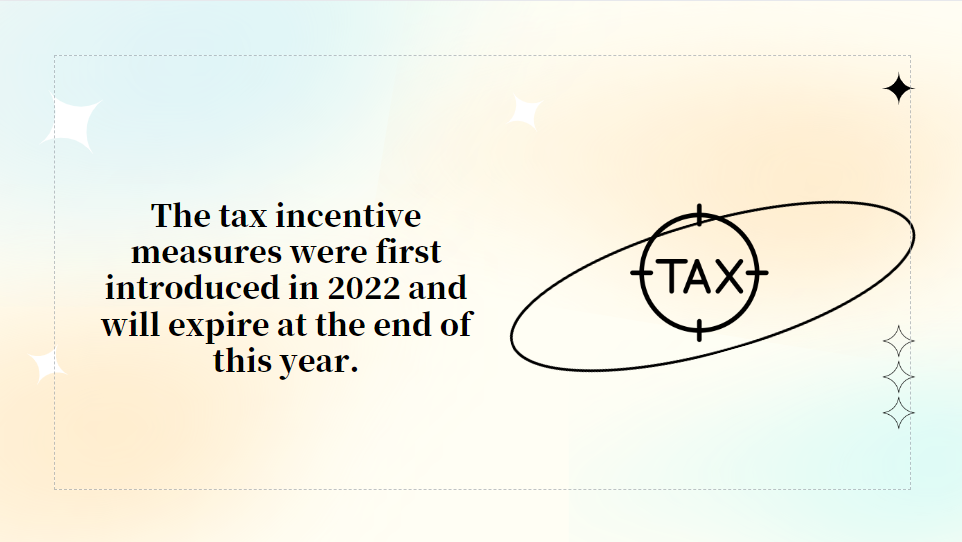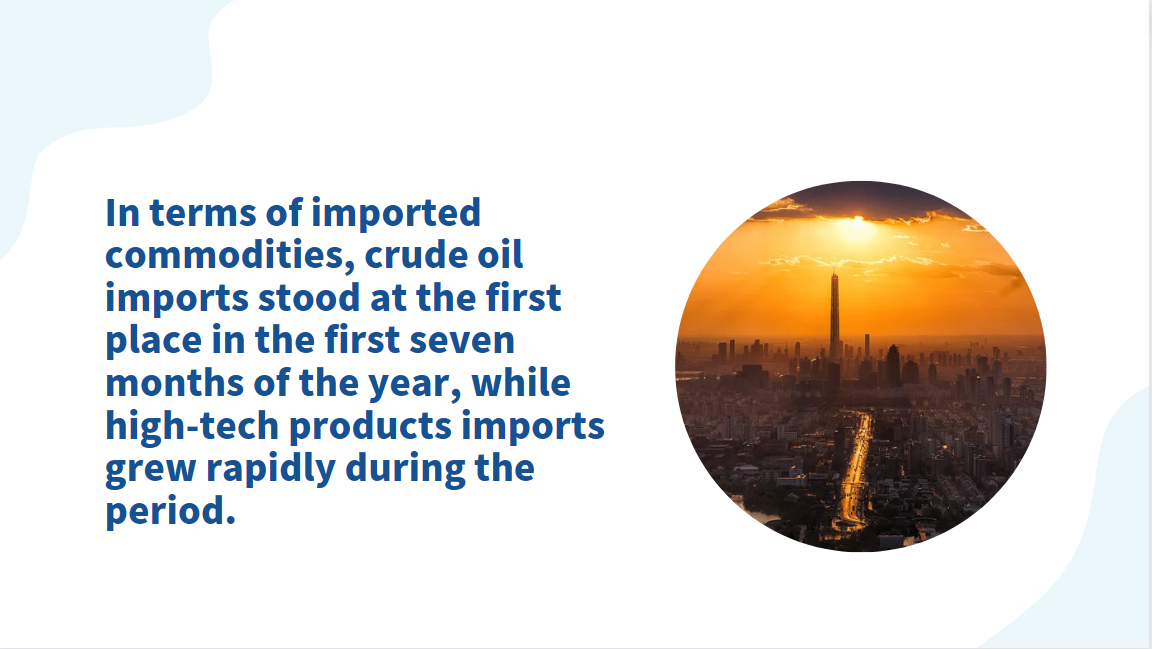Policy rate cuts foreshadow greater transmission, economic rebound
China's central bank leveraged several policy rate tools earlier this month to inject momentum into the economy and shore up its ongoing recovery.
On Aug 15, the People's Bank of China conducted open market operations worth 204 billion yuan ($28 billion) through reverse repos and 401 billion yuan through the medium-term lending facility.
It lowered the one-year MLF rate to 2.5 percent from 2.65 percent, and the seven-day reverse repo rate to 1.8 percent from 1.9 percent.
The one-year loan prime rate, a market-based benchmark lending rate and a reflection of MLF readings, was also cut to 3.45 percent on Aug 21, from 3.55 percent earlier, according to the National Interbank Funding Center.
However, the over five-year LPR, on which lenders base their mortgage rates, has been kept unchanged at 4.2 percent.
A second wave of policy rate cuts within three months has demonstrated the pressing necessity to coordinate efforts for stabilizing economic growth and reinforcing countercyclical controls amid mounting economic pressures.
The policy rate adjustments have come at a good time and help provide ample stimulus. They have also sent out a positive signal — that market rates will trend downward and finally be transmitted to the real economy, thereby reducing costs, boosting confidence, stabilizing expectations and propelling a positive economic rebound.
Reasons for reductions
First, interest rate reduction is a powerful tool in dealing with weak economic momentum and insufficient demand — it strengthens countercyclical adjustments and consolidates growth.
Key performance indicators in the first half, such as purchasing managers index, consumer price index, exports, investment, consumption, employment and social financing all suggest that China's recovery momentum is decelerating.
China's manufacturing PMI, for instance, has remained below the 50 percent threshold since April, while the growth rate of nonmanufacturing PMI has shown a declining trend.
When PMI stays below the threshold for two consecutive months, the central bank usually resorts to reserve requirement ratio cuts and interest rate reductions.
In terms of CPI, the year-on-year reading in July shifted from flat to a 0.3 percent fall. Sluggish prices have led to relatively higher real interest rates, adding pressure to financing costs for the real economy.
RMB loans under the social financing sector reached a historical low in July, indicating inadequate operational vitality and investment impetus among enterprises. Sluggish household consumption and the evident weakness in real financing demand have also posed challenges to boosting domestic demand and stabilizing growth.
Second, interest rate cuts help expand investment and the scale of consumption, while reducing financing costs for the real economy.
The central bank's policy rate cuts can stimulate the downward adjustment of market rates, covering currencies, bonds and medium- to long-term credit, and transmit these changes to the real economy.
This helps to effectively reduce financing costs for the real economy, stimulate investment and consumption, stabilize employment and invigorate the private sector.
Furthermore, rate cuts can also enhance coordination between monetary and fiscal policies, ensure the sustainability of government debt, boost the circular economy and create a favorable financial environment for stable domestic growth in the second half.
Third, since insufficient confidence is a key factor in limiting economic recovery and operational efficiency, the timely implementation of interest rate cuts — seen as an appetizer for continued and intensified stabilizing policies in the future — holds great significance in boosting confidence and anchoring expectations by optimizing investment and financing preferences of enterprises and households and improving resource allocation. These will eventually promote a virtuous cycle in the economy.
Last, with a shift to negative CPI readings in July, the actual interest rates for financing in the real economy are rising, accentuating the need for rate reductions.
Simultaneously, inflation retreating from high levels, nonfarm payrolls remaining below expectations, a likely end to the US Federal Reserve's interest rate hike cycle and a potentially weakened spillover effect have all provided a rationale for the interest rate cuts.
RRR may be lowered
There is a possibility that the reserve requirement ratio may see another comprehensive cut — potentially ranging from 0.25 to 0.5 percentage points — within the year, most likely in the fourth quarter.
A stable recovery of the economy in the second half requires a gradual process.
By implementing RRR cuts, the central bank can provide long-term liquidity to the banking system, optimize capital structures, and reduce funding costs, which play a significant role in the real economy.
Heavy MLF maturity in the second half, coupled with accelerated government debt issuances, also make it more likely that MLF rate cuts would be replaced by a cut in the RRR, so as to maintain reasonable and ample market liquidity, and reduce liability costs.
Since the net interest margin of banks will face more pressure due to lowered interest rates, a cut in the RRR is required to push down the funding costs of financial institutions and maintain low-cost market rates against the backdrop of stable and ample liquidity.
Besides, a favorable and relaxed financial environment brought on by rate cuts is also important to defuse debt risks.
The PBOC provides long-term stable funds to the banking system and releases liquidity via RRR cuts, usually about every six months. Since the last RRR cut happened at the end of March, the chances of another cut in the fourth quarter are relatively high.
Market impact
Following the central bank's recent policy rate cuts, the bond market has ticked up, with yields on key interbank bonds declining significantly.
Under the combined effect of the overall downward shift in rates, sufficient liquidity and a slow economic recovery, it might be easier for bond rates to go down than up.
Moreover, the onshore and offshore yuan have slid to around 7.28 and 7.31, respectively, after the rate cuts. This is more proof of China's determination to prioritize internal balance, stabilize growth and stimulate domestic demand.
However, an interest rate cut does not necessarily imply RMB depreciation. Future trends will continue to depend primarily on domestic economic recovery and changes in the international liquidity environment.
Nevertheless, the short-term impact of the second wave of interest rate cuts on the A-share market remains limited.
It is favorable for cyclical industries closely linked to interest rates, as well as the insurance and brokerage sectors.
For commercial banks, a reduction in their net interest margin is likely, but whether higher trade volumes can make up for a loss in yields is still unclear.
As for listed small- and medium-sized enterprises, and technology-oriented ones — which tend to have a strong relation with market liquidity — a future RRR cut will certainly facilitate growth.
The writer is chief economist at China Minsheng Bank.





















































First, please LoginComment After ~